If you've ever googled a perfume, you've likely landed on Fragrantica. It’s the internet’s most sprawling—and slightly chaotic—fragrance encyclopedia, cataloging everything from the earliest Jil Sander perfumes to the latest niche launches from brands like Documents or d'Annam. But spend more than five minutes on the site, and the contradictions start to show. Why does it look like it was designed in 2009? Why are there five ads per page—many of them bizarrely random, completely untargeted? And why, despite all that, is it still the most trusted, most engaged-with, and arguably most culturally important fragrance site on the internet?
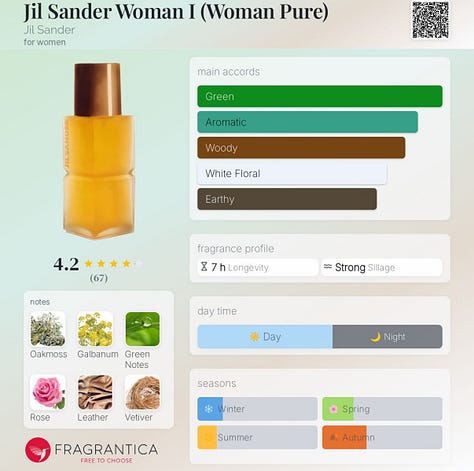
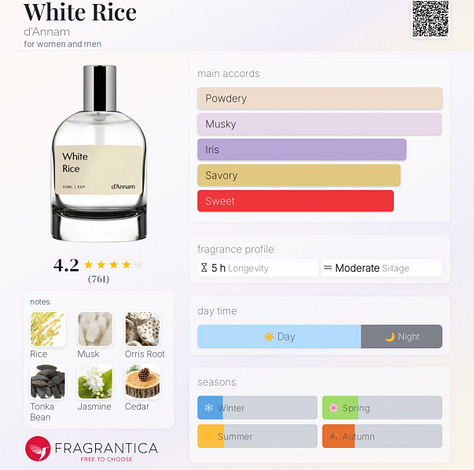
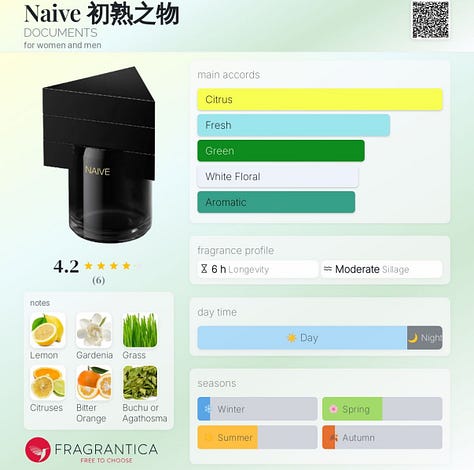
Founded in 2006, Fragrantica began as a straightforward compendium—a nerdy passion project for scent obsessives. Nearly two decades later, it registers over 40 million monthly visits across 18 language editions. Its appeal isn’t just in scale, but in its architecture of discovery: filters by note, season, and longevity; crowdsourced votes on sillage and similarity; even AI-generated pros and cons. It offers the illusion of objectivity in a famously subjective category.
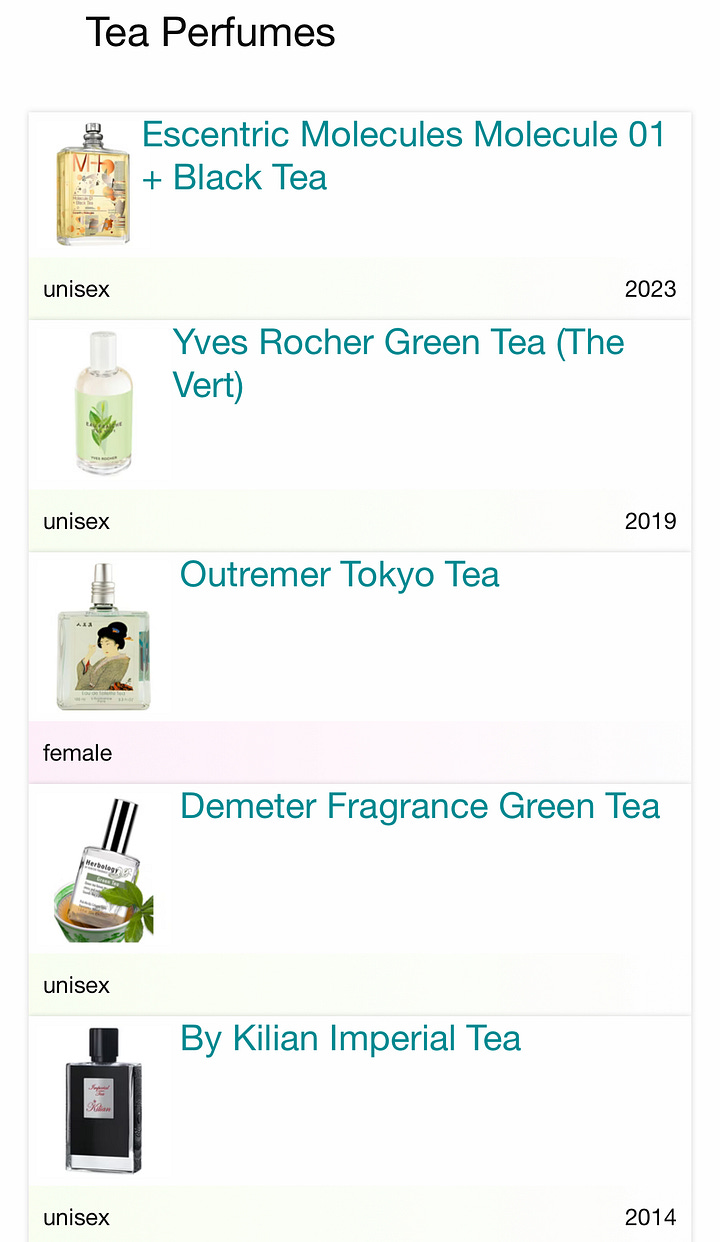
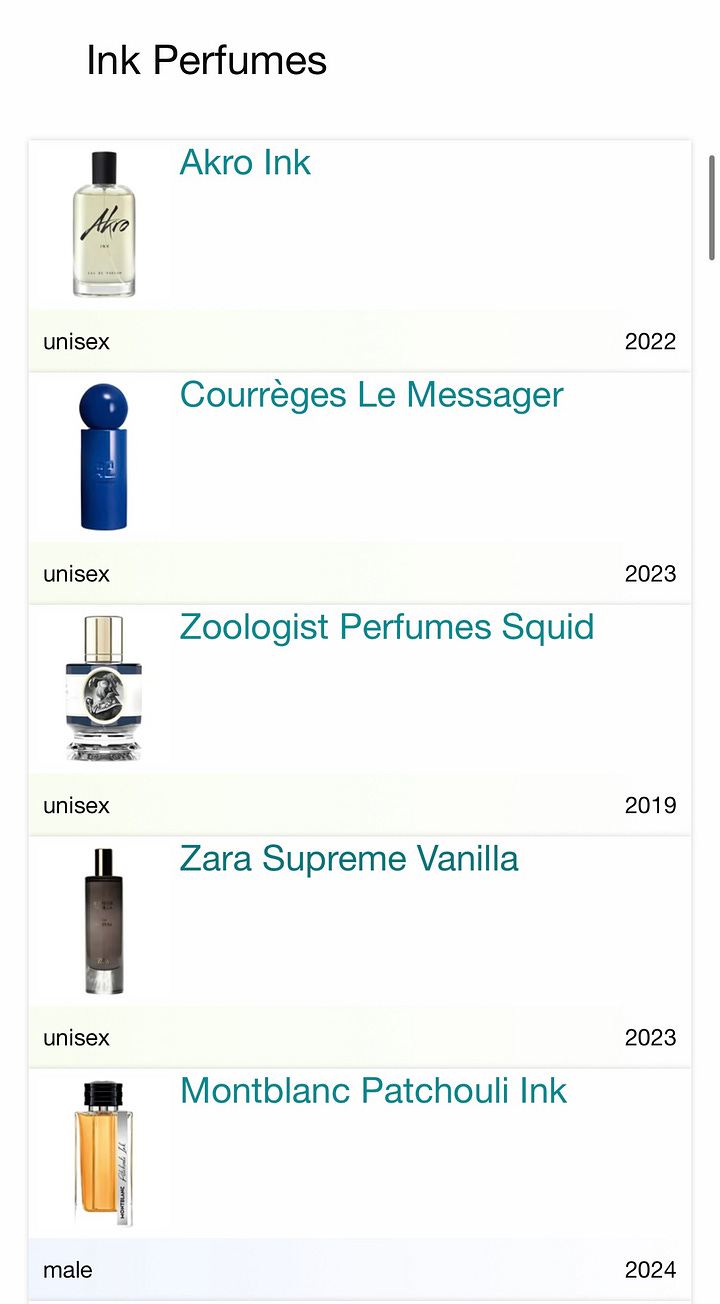
Why Fragrantica Matters
Fragrantica blurs the line between data and storytelling. Its famous note pyramids feel scientific, yet its reviews often read like diary entries. Take any cult launch from the past five years—Le Labo Another 13, Maison Margiela’s By the Fireplace, Maison Francis Kurkdjian’s Baccarat Rouge—and you’ll find thousands of reviews ranging from forensic dissections of top notes to Proustian memories of childhood summers. This expressive chaos isn’t a bug; it’s a feature. Fragrantica’s genius lies in allowing contradiction. One user’s holy grail is another’s headache.
That makes it incredibly sticky. Unlike expert-led review platforms or retailer-driven content, Fragrantica is participatory. It fuels discovery through plurality: contradictory, emotional, democratic. The result is a kind of ambient cultural influence. Readers don’t just consume fragrance content—they help shape its canon.
This credibility has translated into real power. In 2024, Fragrantica’s Community Awards drew over two million votes. That’s not a niche community; that’s a consumer signal. Winning a top spot on the list drives search traffic, retail demand, and even distribution interest. Brands know this—which is why many now engage via sponsored editorial series, affiliate links, and discreet ad placements. But Fragrantica walks a fine line: its monetization strategy (freemium ads, brand partnerships) must balance revenue with trust.
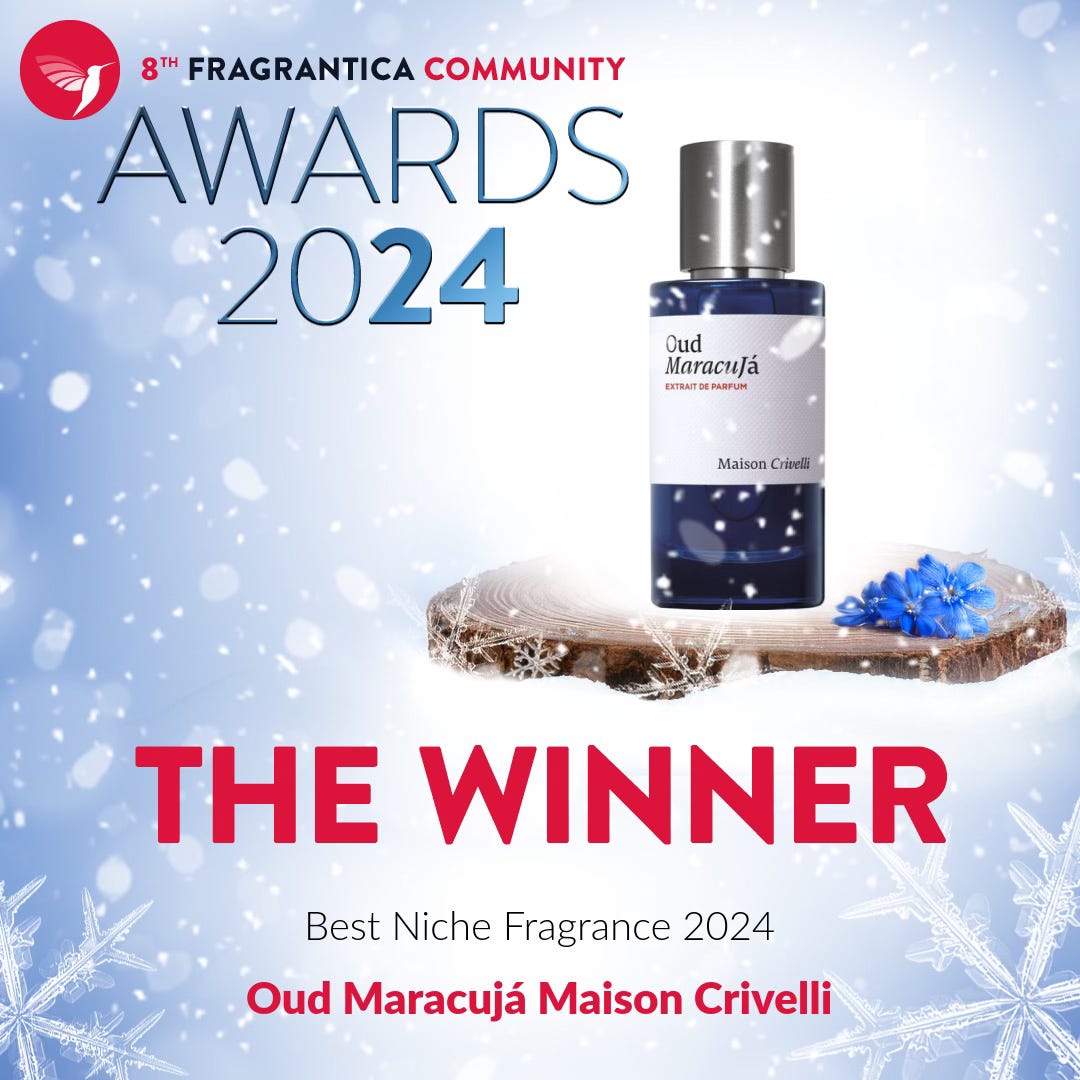
The Monetization Dilemma
Right now, that balance feels precarious. Users increasingly voice frustration with ad saturation, outdated design, and UX decisions that seem driven more by short-term monetization than long-term loyalty. The mobile experience, in particular, lags behind consumer expectations. Compared to cleaner, expert-led platforms like Basenotes or Parfumo, Fragrantica can feel visually exhausting. And yet—none of its competitors come close in terms of volume, community engagement, or cultural relevance.
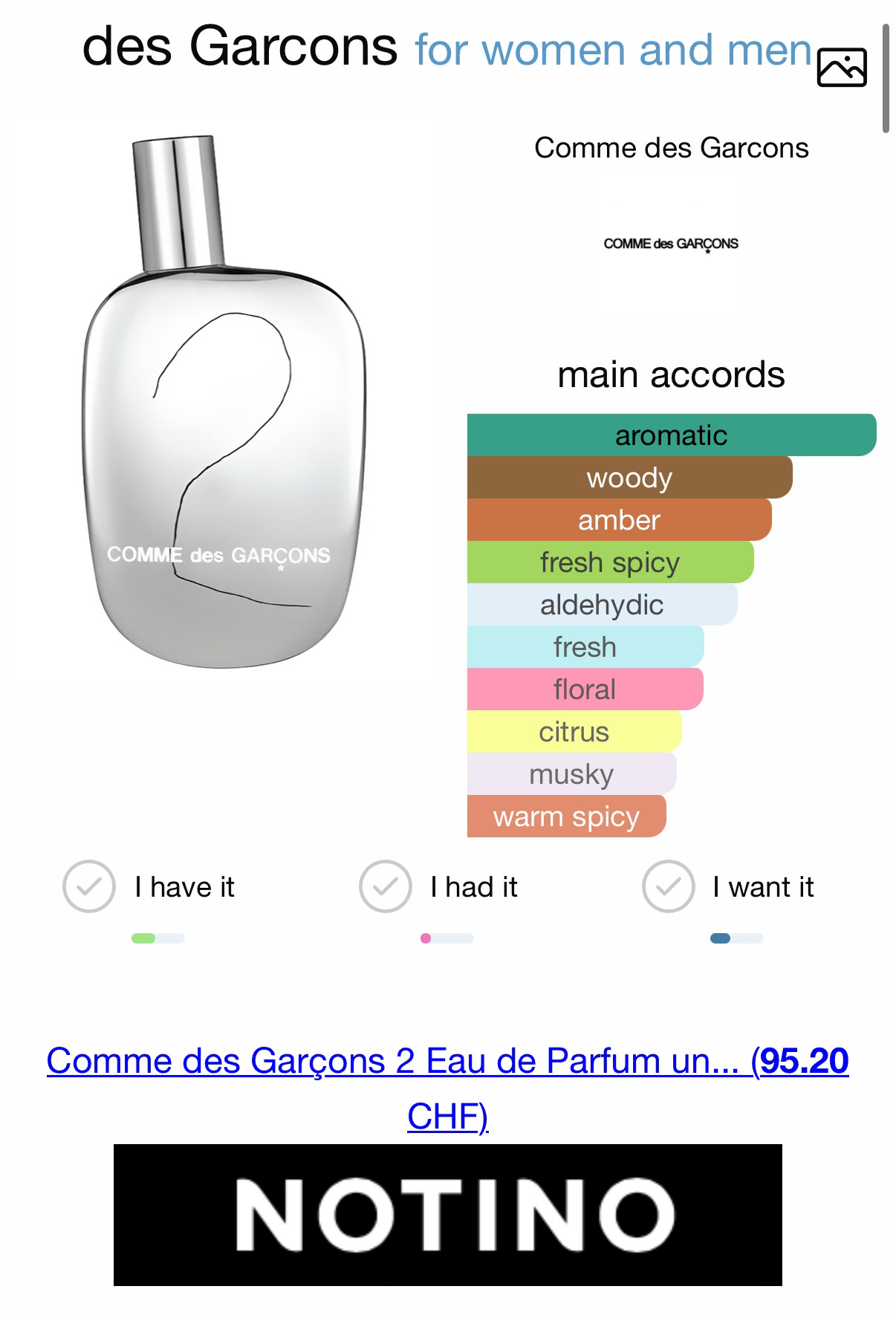
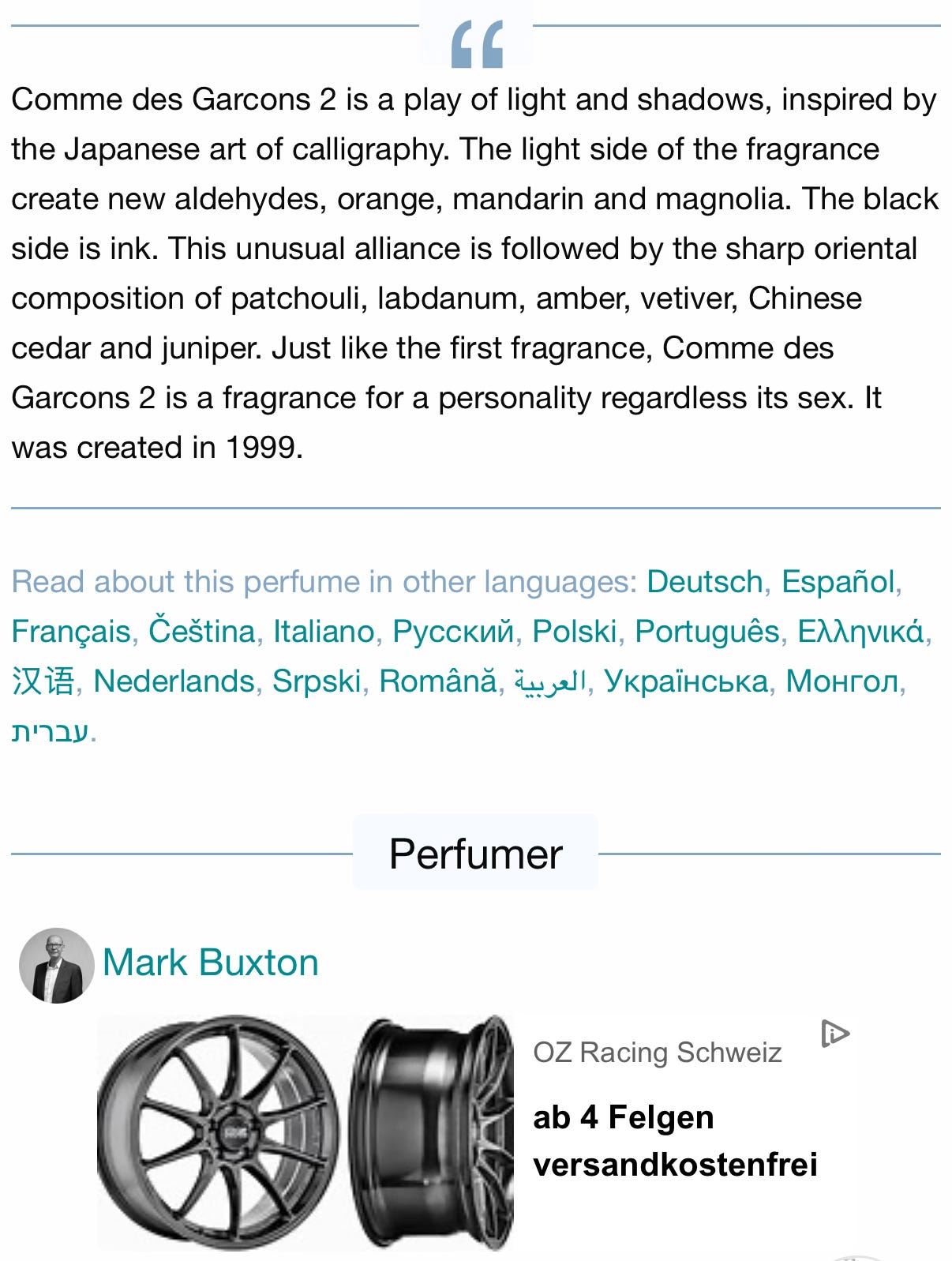
This puts Fragrantica at an inflection point. It could modernize its interface, clean up its ad logic, and build new tools for fragrance exploration. Imagine a "Fragrance Graph" based on user scent preferences. Or an interactive "scent journey" feature that recommends perfumes based on a user’s collection history, review language, and olfactive preferences over time. The infrastructure is there; the product vision isn’t.
Strategic Takeaways
Fragrantica sits on a largely untapped goldmine of consumer data. Aggregated sentiment on perfume notes, dupe culture, gender-neutral preferences, and seasonal cycles could power everything from product development to regional assortment strategies. Right now, brands scrape this data informally. But with the right tools, Fragrantica could productize its insights into a paid trend layer for brands, analysts, and forecasters.
Some brands are already ahead of the curve. Rather than treating Fragrantica as an ad channel, they treat it as a listening post. They track rising notes (e.g., heliotrope or ambroxan), monitor comparative reviews with dupes, or mine reviews for pain points. A smart brand doesn’t just show up with a banner ad. It reads the room, responds to critique, and builds presence subtly—perhaps by supporting the platform’s most beloved features (like note filters or the dupe finder).
Fragrantica also remains one of the most powerful engines for niche discovery. The platform excels at surfacing indie launches that might otherwise be buried by SEO or retail algorithms. Whether it’s a $30 Dossier clone of Gaiac 10 or an obscure extrait from a niche perfumer, Fragrantica enables grassroots virality. One of its most low-tech but beloved tools? The “This reminds me of…” section—a crowdsourced similarity index that users swear by. It doesn’t just help people navigate a saturated market; it teaches them how to smell.
What Comes Next
So where does Fragrantica go from here? It could double down on what makes it singular: community, contradiction, and cultural memory. Or it could chase scale, SEO, and short-term ad revenue until users start to defect. The choice isn’t binary—but the window to evolve is shrinking.
The question isn’t whether Fragrantica will stay relevant. It’s whether it will evolve fast enough to deserve that relevance in the next chapter of fragrance culture. One possibility? That brands might move beyond passive scraping or sponsored content, and begin actively integrating with Fragrantica’s ecosystem—offering custom discovery tools, loyalty integrations, or even dynamic product pages shaped by real-time community feedback. It’s theoretical for now, but not far-fetched. The infrastructure—and appetite—may already be in place.
PS. A few of my favorite Fragrantica reviews I came across during research.









